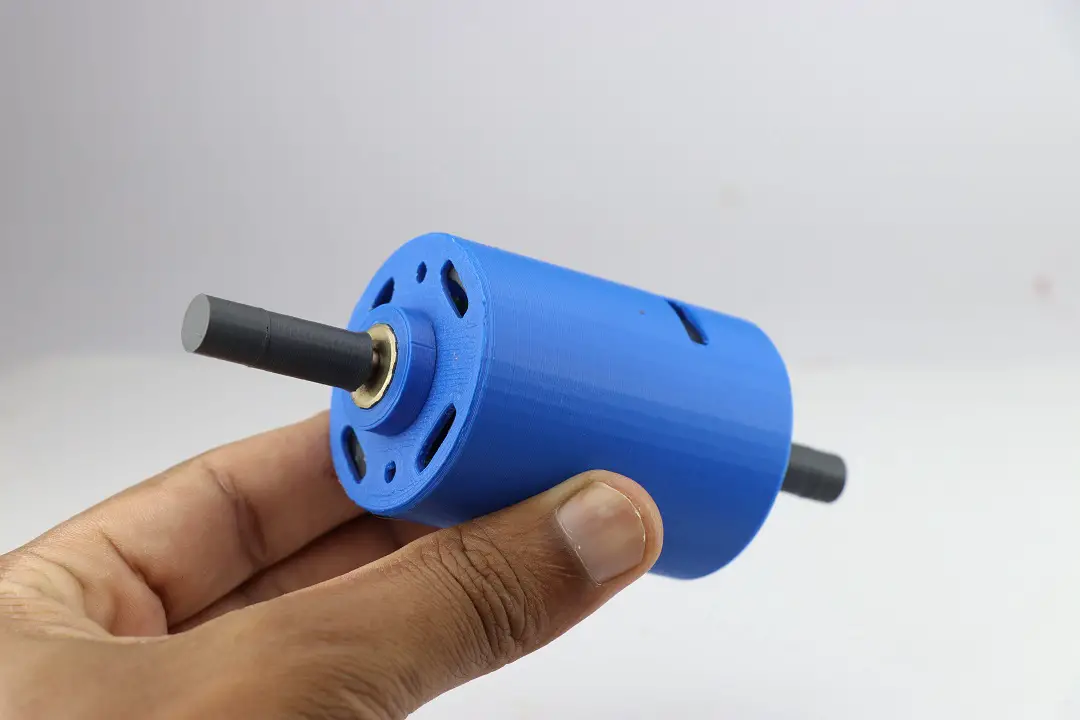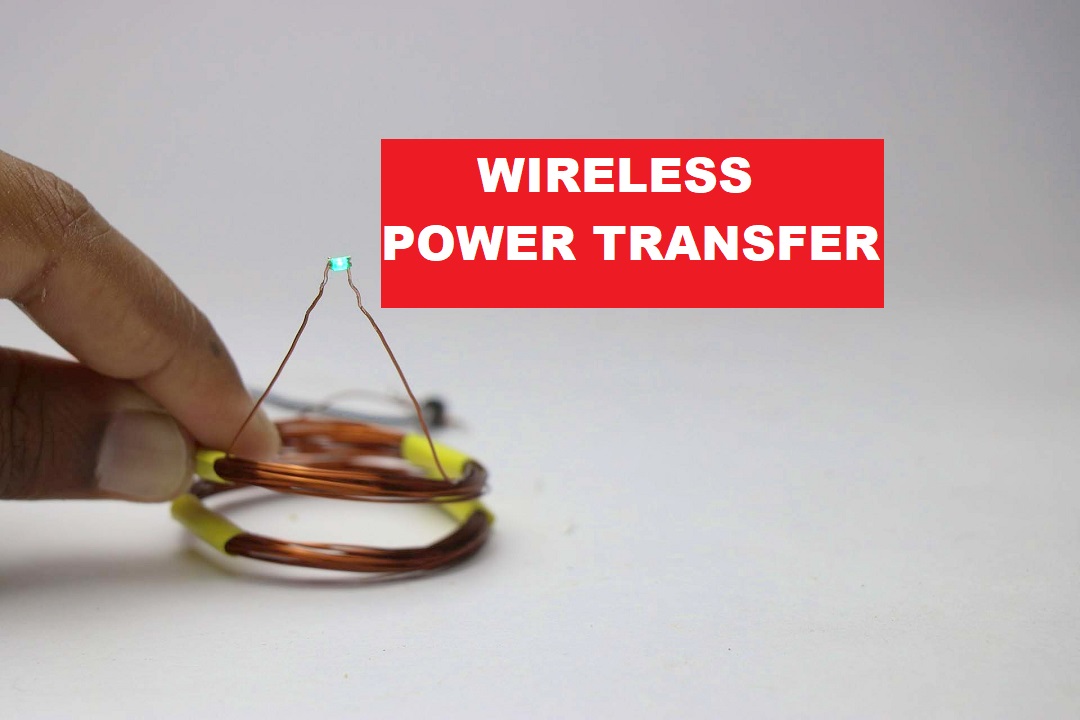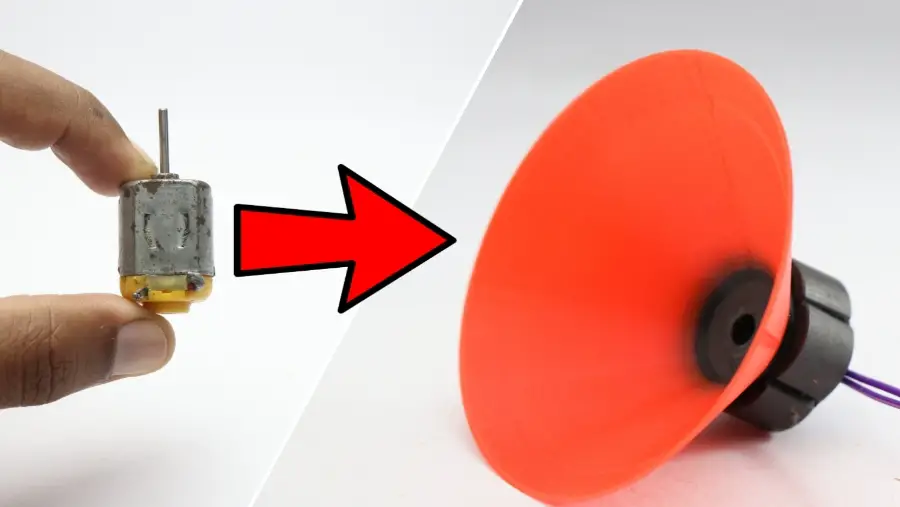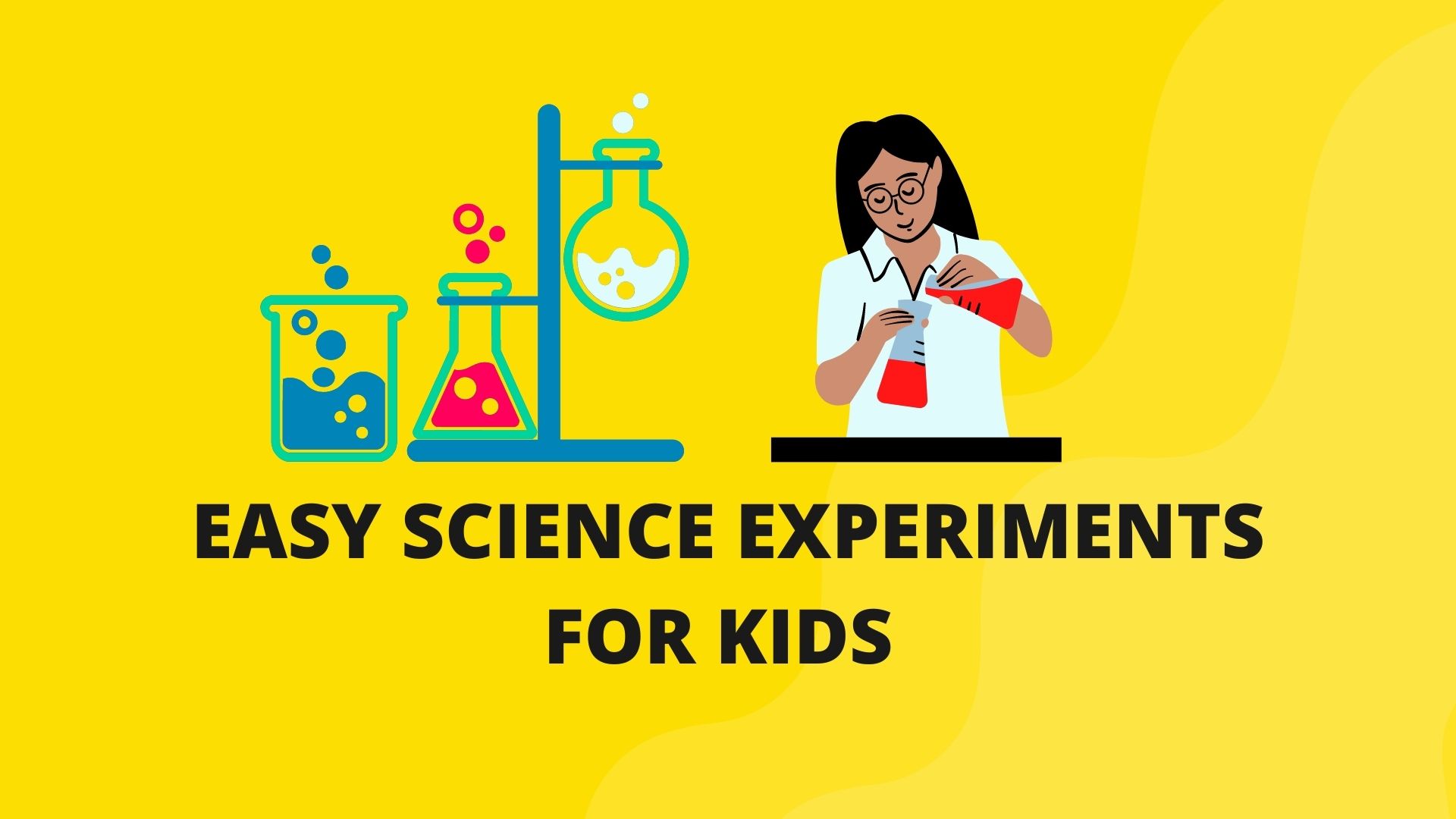Best Science Project Ideas

Looking for Best Science Project Ideas to conduct with your kids at home? Maybe you’re looking for something to do this summer or on a gloomy day.
If you are searching for what are good ideas for science fair projects or for best middle school science fair projects these are the coolest science projects I’ve come across that are one-of-a-kind, magical, and only require common household supplies.
Below is sorted list curated just for you
Make Lava Lamp for science project
This easy experiment is a hit with kids of all ages, and it will transport their favorite adults back in time as well! This simple scientific activity introduces students to the concept of density.
What You Need
- Clean plastic bottle
- Tap Water
- Vegetable Oil
- Fizzy tablets like Eno
- Food Coloring
Steps
Fill the bottle about 1/4 full with water. vegetable oil will be fill up to bottle neck. Allow a few moments for the oil and water to separate. Food coloring can be add as per our choice.
Keep an eye on the color as it moves through the oil. Break your fizzy tablet in half and drop half of it into the bottle as the next step.
What’s Happening
Because the food colouring has the same density as water, it sinks through the oil and dissolves in it. When you place the tablet in the water, it sinks to the bottom and begins to dissolve. As it dissolves, carbon dioxide gas is produced.
Exploring Surface Tension With Black Pepper
Summary: Surface tension is a basic scientific principle that even toddlers can learn and begin to learn.
This simple experiment with soap, water, and pepper will help children of all ages explore helping concepts.
What do you need is pepper, plate or bowl, water and liquid soap
Steps: First, pour a thin layer of water is poured into the dish.
A depth of less than 1 inch is sufficient. Cover as much water as possible and pepper the water. The more you use it, the more fun it becomes.
Then soak your finger in liquid soap. Tap pepper now and see what happens!
What Happens: Soap Breaks the Surface Tension of Water! Water has surface tension because water molecules (a small portion of water) prefer to stick to each other.
Water has a high surface tension, which attracts molecules to each other and attaches them very strongly. However, the addition of soap breaks the surface tension. Molecules near the finger are separated by molecules away from the finger.
Elephant Toothpaste for science project
Overview
Have you heard about the elephant toothpaste study? It’s a lot of fun! This experiment will necessitate the presence of an adult.
In this simple enjoyable science exercise, kids of all ages will enjoy learning about catalysts and exothermic reactions.
What You Need
- 16-oz plastic soda bottle
- 1/2 cup 20-volume of 6% solution hydrogen peroxide liquid
- 1 Tablespoon dry yeast
- 3 Tablespoons of warm water
- Liquid dish soap
- Food coloring
- Small cup
- Safety goggles
Steps: First put on safety glasses or goggles. skin and eyes will be irritate from Hydrogen peroxide. As a precaution, adults should always carefully pour hydrogen peroxide into the bottle.
The next step is to add 8 drops of your favorite food coloring to the bottle. Then add 1 tablespoon of liquid detergent and shake the bottle while stirring the ingredients.
Mix the yeast in a separate cup of warm water for 30 seconds. Pour the yeast water into the bottle and watch for bubbles!
What happened: The bottle was filled with oxygen. Yeast is a catalyst (excipient) that removes oxygen from hydrogen peroxide.
Because the speed is too fast, a lot of bubbles are formed. The bottle became hot because the reaction was exothermic. The foam is composed of water, soap, and oxygen, so you can safely drain it into the sewer. Look!
Light Refraction Magic
Overview: This very basic science experiment is more of a magic trick than a science experiment, and it will teach your kids all about light refraction being one of Best Science Project Ideas
What You Need
- Piece of Paper
- Marker
- Glass
- Water
Steps: Take a piece of paper and draw two big arrows, one up and one down. Point the arrows in the same direction. Then fill the glass with water. Slowly put down the piece of paper behind it. Water glass Look through the water glass and be amazed!
What happened: Refraction is the refraction that occurs when light travels from one medium to another, such as from air to water or from water to air.
In this experiment, light passes through the air from the paper, then through the glass into the water, and finally from the glass into the air, and then reaches our eyes. Light travels faster in the air, slower in water, and slower in the glass.
In other words, the light will bend when it enters the water through the glass beaker, and it will bend again when it leaves the glass beaker and enters the air. The light paths cross and the image is inverted.
This will be Best Science Project Ideas that may get you an award!
Dancing Raisins
Overview
You’ll only need a few simple items for this simple science experiment that’s excellent for young kids
clear soda, a glass of water, and a handful of raisins. You can make chemical reactions that your kids can witness in real-time with these basic components!
What You’ll Need is Clear Soda, A clear glass of water and Handful of raisins
Steps: Fill one glass with clear soda and the other with ordinary water first.
Then, in each glass, place the raisins and watch how they dance in the clear soda. The soda’s gas bubbles propel the raisins higher. The raisin dips again after they pop.
What’s going on? When the carbon dioxide bubbles reach the soda’s surface, they pop, releasing the gas into the atmosphere. As a result, the raisin loses its buoyancy and falls to the bottom of the glass.
Exploring Colors With Baking Soda / Vinegar
Overview: This experiment will produce a chemical reaction, investigate color mixing, and create beautiful artwork in this scientific project for kids of all ages. Win, win, win!
What You Need
Tray, Baking soda, White vinegar, Ice Cube Trays or other containers to hold the colored vinegar, Eye droppers and Liquid watercolors or food coloring
Steps
Place a tray in front of each youngster.
Pour a generous amount of baking soda into the tray.
Pour vinegar onto each ice cube tray (or another container). To give your youngster a wider range of colors, mix liquid watercolors into the vinegar.
Drop a few drops of colored vinegar onto the baking soda tray with a pipette or eyedropper. Keep an eye on what occurs!
Mini Volcanos being Best Science Project Ideas
Overview: This being one of Best Science Project Ideas This incredibly simple baking soda and vinegar volcano explosion is a huge hit with kids of all ages, and they’ll be begging you to recreate it again and again! Only a few common home items are required, and your multicolored volcano will erupt in no time.
Preparation takes roughly three minutes. Plan to undertake this science experiment outside if you want it to be a no-mess experiment.
Ingredients are Plastic cup, Water, 3-4 Tablespoon of baking soda at least, 1 tsp of dish soap, Food coloring and 1 cup of Vinegar
Steps
To begin, combine your foundation components by pouring the water into a plastic cup and filling it about two-thirds full. After that, mix in the baking soda, dish soap, and a few drops of food coloring or washable paint. You may avoid discoloration by using washable paint instead of food coloring.
Combine the ingredients in a mixing bowl. Pour in the vinegar and stir until it foams and pours out of the cup. Repeat with other colors as needed. Your children will undoubtedly want more.
What’s going on: The erupting “lava” bubbles are carbon dioxide-filled. When an acid, such as vinegar, combines with a base, such as baking soda, carbon dioxide is produced.
Static Electricity Hair is interesting science experiment
Overview: This is evergreen and Best Science Project Ideas Do you want to give your kids a wonderful time? This no-mess science exercise makes teaching your kids about static electricity a breeze.
What You Need is an inflated balloon and a piece of cloth
Steps
Rub the cloth over the balloon’s surface for at least 40 seconds.
Then, hold the balloon a few inches above your head and see how your hair sticks to it!
What’s Happening: When you rub the balloon together, it absorbs electrons from the cloth and becomes negatively charged.
When the balloon comes into contact with your hair, it attracts your positively charged hair.
Sugar Water Rainbows
Overview: This science experiment is geared toward older children, although it can be adapted for children of all ages.
This vivid experience regarding density and buoyancy will delight your children, and all you need are some ordinary household ingredients.
What You Need
Food colorings (preferably in rainbow colors, water, clear straw, sugar, 6 cups and Tablespoon
Steps: To begin, combine your foundation components by pouring the water into a plastic cup and filling it about two-thirds full.
After that, mix in the baking soda, dish soap, and a few drops of food coloring or washable paint.
You may avoid discoloration by using washable paint instead of food coloring. Combine the ingredients in a mixing bowl.
Pour in the vinegar and stir until it foams and pours out of the cup. Rep with other colors as needed. Your children will undoubtedly want more.
What’s going on: The erupting “lava” bubbles are carbon dioxide-filled. When an acid, such as vinegar, combines with a base, such as baking soda, carbon dioxide is produced.
Make Easy kaleidoscope
Making kaleidoscope for science fair is one of best decision as this works best for last minute science project idea
Just 5 minute experiment idea, For this just you need 3 small or big transparent rulers, just arrange them in triangular and seal it with gum tape
One side should be cover with plastic or piece of cardboard while other end is free for observing
Drop some decorative shining objects and look inside
Patterns formation occurs inside that will mesmerize you
I hope your answers for what are some ideas for science fair projects is received!
Thank you for reading this article. I hope some of you will try out these experiments. If you have any questions, ask them in the comment box below.



